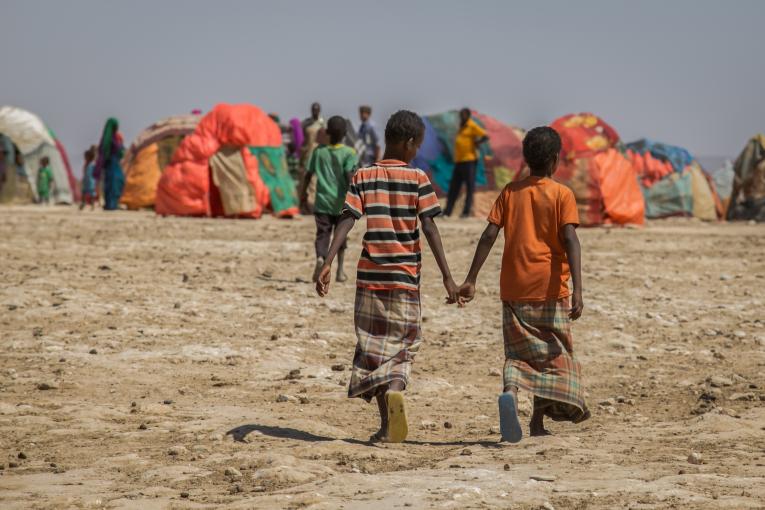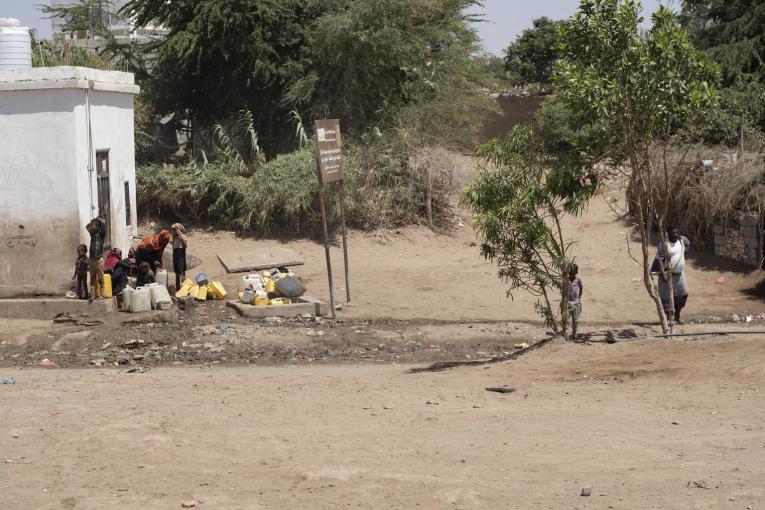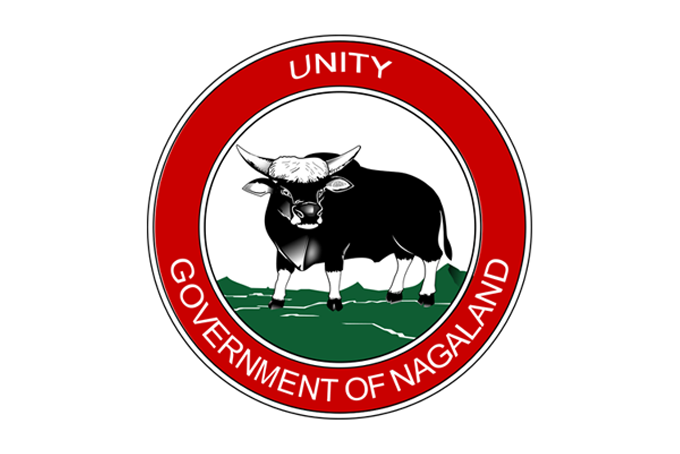New Delhi has been successful in digital diplomacy
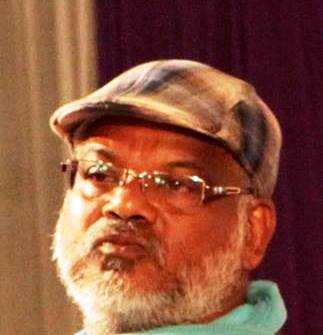 Dr. D.K. Giri I INFA Service
Dr. D.K. Giri I INFA Service
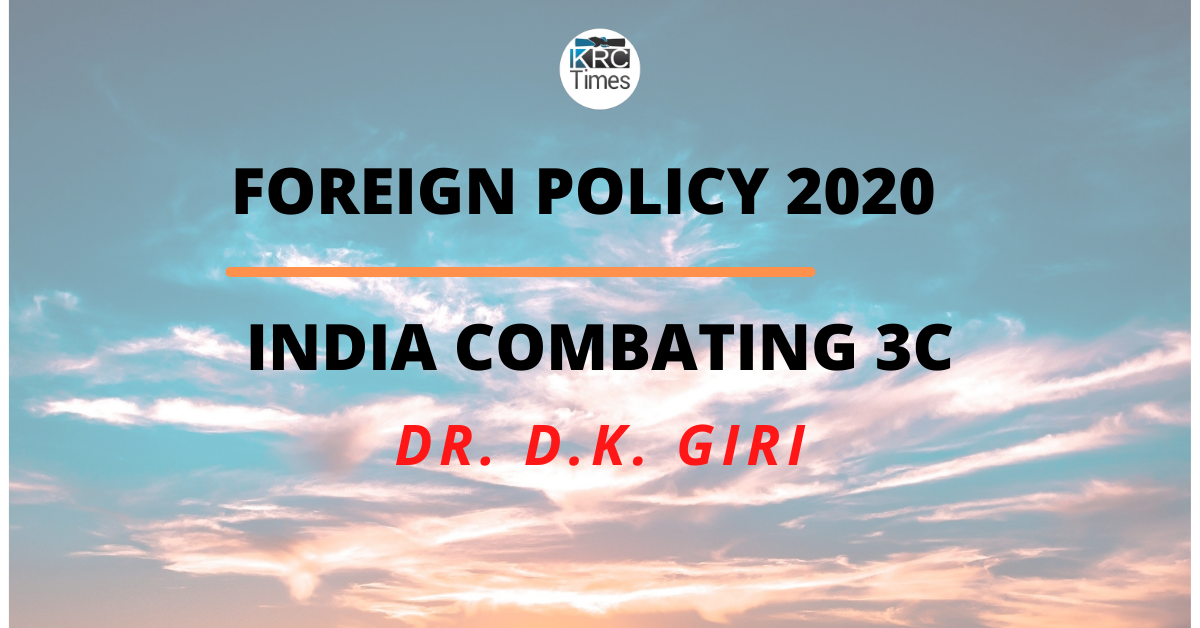
The year 2020 ended leaving a mixed bag of pain and promise for everyone and each sector of the state. If we reflect on the year gone by in terms of India’s foreign relations, physical diplomacy clearly went into a tail-spin; yet in some areas, some commentators would say it has been a story of success and satisfaction. I would like to assess it on the basis of how our foreign policy combated the 3Cs – Covid, China and the cross-border issues.
The Covid pandemic disrupted the life of countries in all their dimensions – economic, social, political and diplomatic. As countries scrambled to cope with its consequences and improvised to adjust their actions, new strategies and tactics evolved. The sudden contraction of our economy prompted Prime Minister Modi to initiate Atmanirbhar Bharat (Self-Reliant India) strategy, aimed at enhancing domestic capabilities, being a part of the world supply-chain and to play an effective international role.
This particular strategy also emerged out of the world reaction to China’s belligerent posturing and actions. India, being its immediate neighbour, faced the menace of Chinese expansionism at its northern border. We have had border skirmishes with China in 2013, 2014 and 2017. In another sense, we had three decades of a stable relationship with China, but 2020 dramatically changed all that with Beijing attempting to alter the Line of Actual Control, as per China’s 1959 claim line. India militarily stood up to Chinese aggression, economically de-coupled with China and internationally began to somewhat substitute China as a supply-chain.
Conceptually and practically too, foreign policy is a reflection of national interest, which, in turn, consists of protection of national security. For a few years, certainly in 2020, China-Pak axis traded on India’s security. But India refused to buckle down, decided to stick it out and in a smart military manoeuvre occupied certain heights lending vantage positions to the army. Although status quo ante has not been restored to the pre-June position, India is giving eye-ball-to-eyeball response to Chinese military action on the border.
As Covid pandemic struck the world with its hyper contagious nature, India was one of the first countries to impose a strict lockdown across the country. Although, the sudden and strong lockdown caused some anguish to sections of people like migrant labourers, and small businesses, the world appreciated India’s swift response. New Delhi took initiative in supplying critical medicines like Hydroxychloroquine and Paracetamol to around 150 countries. It even revived the dysfunctional SAARC by convening a digital meeting of heads of the states and created a Covid fund by donating $10 million. The PPE kits and other essential equipment were in short supply, and the government took measures to expand the production and so India became an exporter of PPE kits.
India is a major centre for vaccine production and collaboration. It has been dependent on China on apiaries for pharmaceuticals and is successfully trying to reduce this dependence. In 2020, India became WHO chair, which is not an executive position but gives us the space for health diplomacy. New Delhi has been in regular touch with other developing countries and has been supporting them in terms of medical supplies and capacity building.
Prime Minister Modi’s hyper-active foreign visits have been the defining moment for India’s foreign policy. Due to travel restrictions, Modi didn’t step out of the country. But he has been hyper-busy again in summit meetings– with Bangladesh, Brazil, and Australia; in November 2020 alone, there were as many as five major summits – ASEAN, BRICS, G-20, two SCOs – of Heads of States and Heads of Government. One can conclude from this, that New Delhi has been successful in digital diplomacy.
The other highlight of the foreign policy is the activation and up-gradation of Quad in relation to India pacific. The activism of the Quad members like Japan and Australia were earlier focussed on the Pacific, but with the tension in the border, New Delhi has shifted the focus to the Indian Ocean. Furthermore, Quad is likely to replace ASEAN, set up in the 1960s to contain China. Now, ironically, it is directed by China, a friend of ASEAN. Despite the aggressive actions of China in the South China Sea, the concerned countries are not standing up to Beijing. Quad is fast gathering a critical mass in terms of a security and strategic actor in India-Pacific. Certainly, 2020 has been a major inflection point for Quad.
On cross-border animosity, the cornerstone of Pakistan’s foreign policy is the terrorism of non-state actors. Pakistan thrives on anti-India rhetoric and actions. The terrorist attacks sponsored by Pakistan on Indian Parliament, Mumbai, Uri, Pathankot and Pulwama have drawn international attention and response, given New Delhi’s stance. But what changed in recent years including 2020 is New Delhi’s decision to make Pakistan pay for it, by reigning in Pakistan, for example putting it on the grey list of FATF. What is more, India took the battle into Pakistan and attacked the terrorist bases. By and large, the world has supported us. India got the support of 184 countries in its re-election to UNSC non-Permanent member for the eighth time.
New Delhi’s hesitation in drawing close to the USA disappeared in 2020 as both Modi and Trump addressed the public in each other’s countries. As New Delhi completed signing the foundational agreements for security cooperation, a robust engagement with the US is happening. New Delhi took a new interest in Europe which has reciprocated India’s initiatives; France has become the biggest supporter of India in international politics. With Britain exiting from the European Union, it should move closer to India. Its Prime Minister has been invited as Chief Guest on Republic Day, and Modi is invited by Britain to G-7 meeting. At the same time, New Delhi has balanced its bilateralism with USSR. But this relationship would be a sticking point in India’s foreign policy as Russia is, for the time being, irreversibly tilting towards China and even Pakistan.
India’s relations with other developing countries also have grown. Brazilian President Jair Bolsonaro was the Chief Guest on the 26th Republic Parade 2020. Relationship with the Maldives has been restored with the change of government in the Island country, India-Bangladesh relations were at an all-time high in 2020. In Afghanistan, India stepped up its role as New Delhi agreed to participate in peace talks even with the Taliban. Relations with Central Asia deepened. There was a summit-level talk with Vietnam. However, on Nepal, New Delhi seems to have lost the touch in influencing developments in the Himalayan country.
To conclude, have we really done well? On security and stitching partnership, perhaps we have. In a significant departure, we gave up the ambivalence on combating China and closing up to the USA. The major failure is on the trade front. We couldn’t sign any significant trade agreement with the US; on the contrary, we have not resolved the trade tensions. New Delhi has been shy of signing Free Trade Agreements; these have been pending for years with the EU and not signed one even with Australia which is well disposed to India. Decoupling of the economy with China is happening but India hasn’t been able to attract companies diverting away from it. New Delhi has to work extremely hard and fast to shore up its trade potential both as a market, exporter and an investment hub. It has also been shy of taking sides in international politics, seeks to remain neutral. Even in the face of the Chinese challenge, this has not changed. It must, for the sake of rule-based order, pragmatism and national interest. —INFA
(Author is Professor, International Relations, JIMMC)

